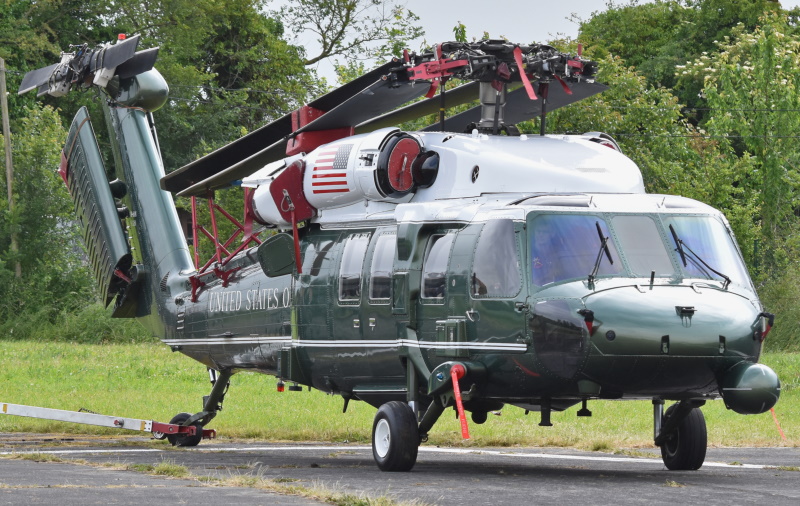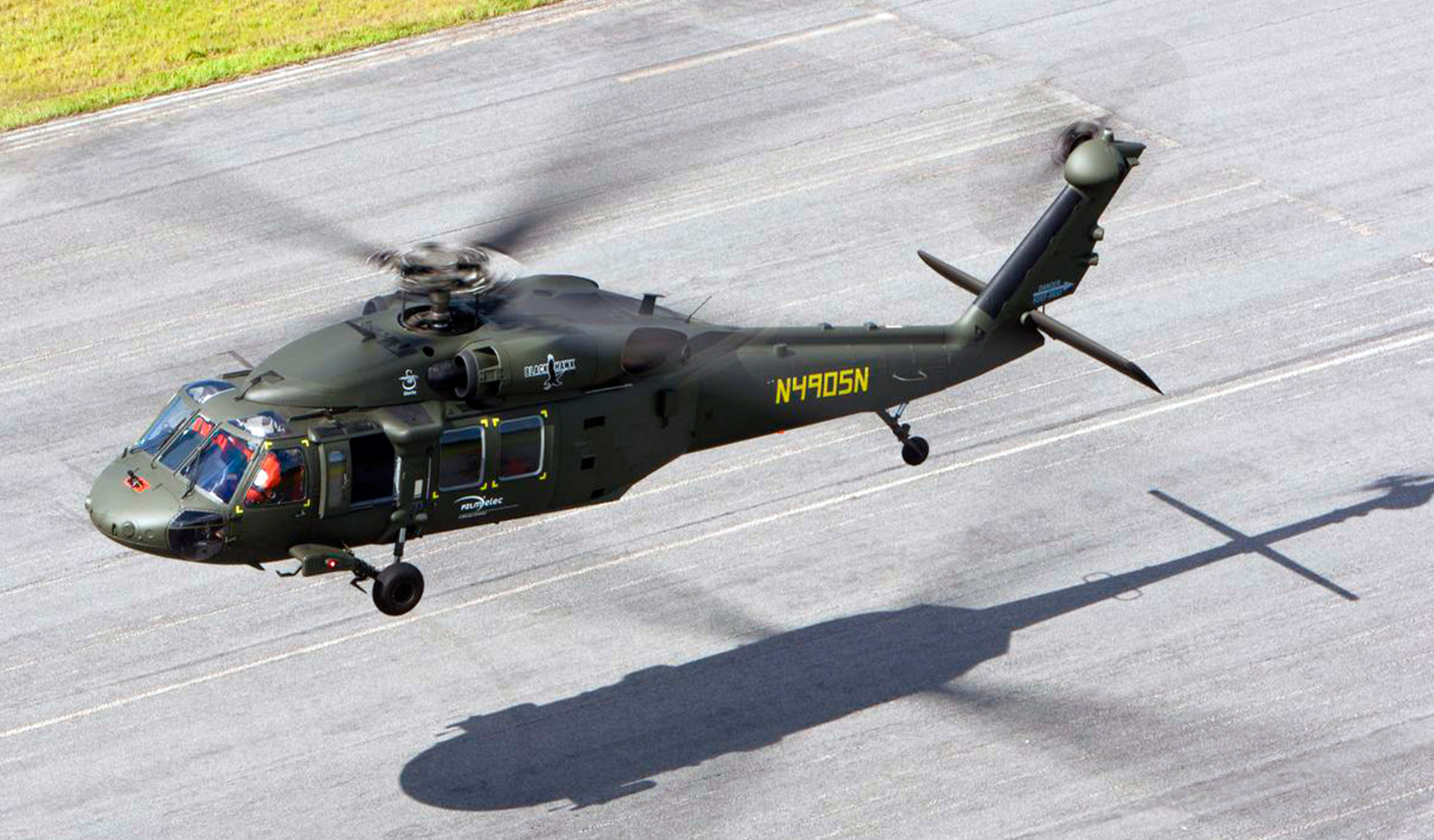Why the Sikorsky S 70 is the Preferred Selection for Modern Helicopter Missions
Why the Sikorsky S 70 is the Preferred Selection for Modern Helicopter Missions
Blog Article
High-Performance Multi-Role Rotorcraft Featuring Advanced Cabin Technologies and Integrated Sensing Unit Systems
The world of rotorcraft modern technology has seen notable developments in recent times, particularly in the world of high-performance multi-role rotorcraft furnished with cutting-edge cockpit innovations and flawlessly integrated sensing unit systems. In the following discussion, we will explore the evolution of rotorcraft modern technology, dig right into the realm of innovative cockpit innovations, and take a look at the implications of incorporated sensor systems on the functional flexibility and effectiveness of modern-day rotorcraft.
Evolution of Rotorcraft Innovation
The evolution of rotorcraft modern technology has actually been marked by considerable improvements in the rules of aerodynamics, materials, and propulsion systems, forming the abilities and efficiency of modern-day rotorcraft. Aerodynamic improvements have boosted the performance and maneuverability of rotorcraft, permitting boosted rate, dexterity, and security during flight (sikorsky s 70). Advancements in products, such as making use of composite materials and advanced alloys, have caused lighter yet stronger rotorcraft frameworks, improving general efficiency and resilience. In addition, advancements in propulsion systems, including a lot more effective engines and ingenious propulsion technologies, have made it possible for rotorcraft to attain greater elevations, faster speeds, and greater hauls.
These advancements have not just changed the capabilities of rotorcraft but have likewise expanded their applications across various industries, including armed forces, commercial, and emergency services. The continual evolution of rotorcraft technology continues to drive development in the field, pushing the borders of what is feasible and forming the future of upright flight.
Advanced Cockpit Innovations
Structure upon the fundamental developments in the rules of aerodynamics, products, and propulsion systems, the realm of rotorcraft modern technology now shifts emphasis towards introducing Advanced Cockpit Innovations. The integration of advanced technologies within the cabin environment plays a critical function in enhancing the functional capacities, safety, and efficiency of modern rotorcraft. sikorsky s 70. Advanced Cockpit Innovations incorporate a vast variety of functions created to supply pilots with enhanced situational understanding, structured data management, and instinctive control interfaces
One of the vital improvements in cabin design is the application of glass cabins, which replace conventional analog determines with high-resolution displays. These electronic systems supply customizable formats, real-time data combination, and boosted readability, making it possible for pilots to gain access to crucial details at a glimpse. Advanced avionics systems, such as fly-by-wire controls and augmented fact display screens, are transforming exactly how pilots interact with the airplane, permitting for accurate control and improved decision-making abilities.


Including advanced cockpit innovations not just improves pilot efficiency yet also adds to total mission effectiveness and safety in complicated operational environments. By leveraging state-of-the-art technologies within the cabin, rotorcraft manufacturers are setting brand-new criteria for operational excellence and mission success.
Integrated Sensor Equipments
With the advancement of rotorcraft modern technology, the combination of sophisticated Integrated Sensing unit Solution has actually ended up being extremely important in boosting functional efficiency and security. These Integrated Sensor Solutions incorporate a large variety of innovations that offer crucial data for various features such as navigation, monitoring, targeting, the original source and environmental tracking. By effortlessly incorporating sensing units like radars, electronic cameras, lidar, and infrared systems into rotorcraft, operators can take advantage of improved situational understanding, boosted goal abilities, and decreased pilot work.
One trick advantage of Integrated Sensing unit Systems is their capacity to gather real-time information and provide workable insights to pilots and mission operators. Progressed radar systems can identify and track targets over long distances, permitting for very early hazard discovery and efficient action preparation. In addition, integrating infrared and electro-optical cameras makes it possible for rotorcraft to carry out reconnaissance and surveillance objectives with precision and accuracy.
In essence, the combination of advanced sensing unit modern technologies into rotorcraft not just enhances operational efficiency but additionally contributes considerably to overall goal success and staff safety. As rotorcraft remain to progress, the function of Integrated Sensor Equipment will undoubtedly remain at the forefront of advancement in the aerospace sector.
Functional Convenience and Efficiency
Enhancing operational convenience and effectiveness in rotorcraft is an all-natural progression from the assimilation of advanced Integrated Sensing unit Equipments. By leveraging the insights and data given by these advanced sensor systems, rotorcraft can optimize their efficiency across various goals and settings.
Operational versatility encompasses the capability of rotorcraft to adapt to various functions and situations efficiently. With innovative cockpit innovations and integrated sensor systems, rotorcraft can effortlessly transition in go to my blog between tasks such as search and rescue, medical discharge, monitoring, and extra. This convenience boosts the rotorcraft's ability to fulfill diverse functional demands without needing extensive reconfiguration.
Performance in rotorcraft operations is crucial for optimizing objective performance and resource application. Integrated sensing unit systems play a pivotal function in boosting operational efficiency by providing real-time information on weather problems, terrain mapping, target monitoring, and much more. This data enables pilots to make educated choices promptly, optimize flight paths, preserve gas, and boost overall goal performance.
Effect On Modern Aviation Procedures

Furthermore, the assimilation of advanced sensors assists in enhanced objective preparation and execution, allowing rotorcraft to perform a vast variety of jobs with boosted precision. From search and rescue operations to aerial firefighting and law enforcement missions, the abilities of modern-day rotorcraft geared up Get the facts with advanced cockpit modern technologies and incorporated sensor systems are unequaled.
Moreover, the effect of these innovations expands beyond functional performance to cost-effectiveness and sustainability. By enhancing flight routes, gas intake, and maintenance schedules, high-performance rotorcraft furnished with innovative cabin technologies and sensors add to reducing operational expenses and environmental effect, making them essential possessions in modern-day aeronautics procedures.
Conclusion
Finally, the high-performance multi-role rotorcraft with innovative cabin technologies and integrated sensor systems represents a considerable advancement in aeronautics modern technology. These innovations boost functional versatility and effectiveness, eventually influencing contemporary aviation operations in a positive means. The combination of these sophisticated innovations enables for enhanced abilities and performance in various mission circumstances, showcasing the proceeded innovation of rotorcraft modern technology in the aeronautics sector.
The world of rotorcraft innovation has seen noteworthy developments in recent times, particularly in the world of high-performance multi-role rotorcraft outfitted with innovative cockpit technologies and perfectly integrated sensor systems. From improved objective versatility to improved operational efficiency, the convergence of innovative cabin innovations and integrated sensing unit systems has ushered in a brand-new period of opportunities for rotorcraft applications. In the adhering to conversation, we will certainly check out the development of rotorcraft innovation, dig right into the world of innovative cabin innovations, and check out the ramifications of integrated sensing unit systems on the operational versatility and performance of contemporary rotorcraft.

Report this page